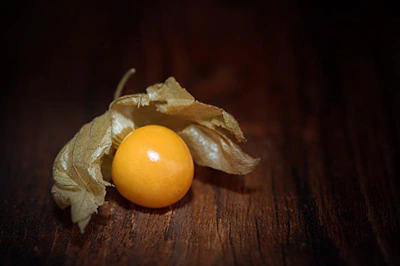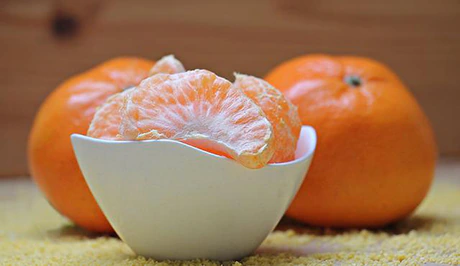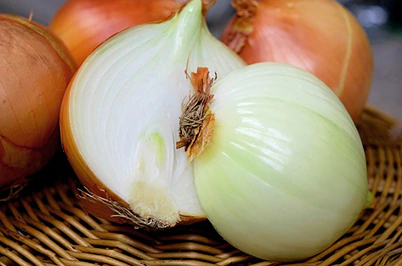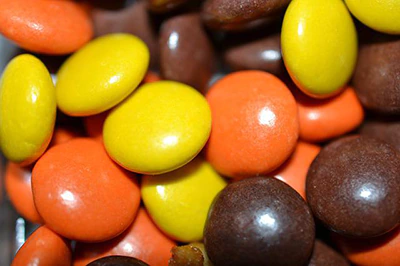| Additive Summary | Cryptoxanthin (E161c) |
|---|---|
| Essence | Cryptoxanthin or E161c is an extremely powerful Carotenoid recommended to be a part of anyone’s daily diet, naturally found in berries, many fruits, many vegetables, and used with food for the purpose of yellow (natural) coloring. |
| Names | CAS 472-70-8, beta-Cryptoxanthin, (3R)-beta,beta-caroten-3-ol, Cryptoxanthol, Caricaxanthin, Hydroxy-Beta-Carotene, E161c, Cryptoxanthin, and others. |
| Sourcing | Commercially, it is typically sourced from Physalis species like the Physalis peruviana (goldenberry). |
| Manufacturing | Unknown. |
| Application | Coloring (yellow, water-insoluble). |
| Acceptable Daily Intake | It’s recommended in amounts up to 5 milligrams for every kilogram of body weight. |
| Side Effects | There is some concern over it causing gut problems and serious gut illnesses. This feels bonkers since many studies report there being no toxic effects associated with the Carotenoid whatsoever. In fact, there are many studies available pointing to its benefits. It has been banned in the EU, Russia, Canada, and the United States. But it makes little to no sense when it can be used as the beneficial ingredient in supplements (which are likely to offer much more Cryptoxanthin than it being an additive ever could). |
| Benefits | This dye ingredient can offer major antioxidant benefits. It can help prevent damage from free radicals, protect DNA, reduce cancer risk, aid weight loss, promote bone homeostasis, and fight off rheumatoid arthritis. It can also be converted by the body into vitamin A. Through this aspect, it can contribute to healthy eyesight, growth, development, and immune response. |
| Studies | 1,590+ studies on Pubmed. 25+ studies on safety. |
| Allergens | None. |
| Diet Restrictions | None. |
| Health Knight Assessment |
Only Beneficial. | Category 0 Additive. |
| Products | It is typically used in supplements as a beneficial ingredient, such as Optimum Nutrition Opti-Men, various Carotenoid supplements, and others. It’s naturally found in papaya, egg yolks, mangos, tangerines, oranges, apples, nectarines, peaches, apricots, avocados, onions, sweet red pepper, cauliflower, kale, carrots, asparagus, lettuce, watermelons, hot chili peppers, pumpkins, broccoli, goldenberry (physalis), cabbage, caja, clementine, Willowleaf mandarins, tree tomatoes, figs, Brazillian cherries, pumpkins, sweet corn, cow milk, and others. In processed foods, while it is rarely used, it can be found with butter, sweets, candy, and sweets. |



